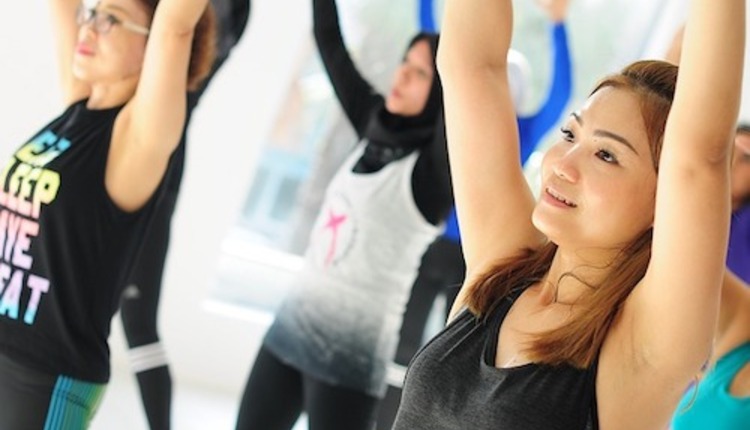This May, health clubs across the country will become the Gateway to Healthy Living for tens of thousands of Americans seeking to transform their lives and take better care of themselves.
As part of the 5th Annual Get Active
As part of Get Active
Research shows that regular exercise not only helps prevent disease and support healthy aging, but it also has a dramatic effect on quality of life. In fact, studies published in peer-reviewed journals over the past few years have demonstrated that habitual physical activity (weekly walking, jogging and running) reduces depressive symptoms and improves emotional well-being. Whats more, fitness center members are more likely to pursue health-promoting lifestyles and behaviors. And adolescents who participate in a range of physical activity behaviors, especially those that are characterized by high parental involvement, are more likely to have higher grades than those who engage in sedentary behaviors.
This May, enter your local Gateway to Healthy Living, and transform your life.
WHO: International Health, Racquet & Sportsclub Association (IHRSA) and participating member health clubs nationwide.
WHAT: 5th Annual Get Active
Get Active
WHEN: Program Highlights
May 12-15, 2008: Bring a Friend
Health clubs nationwide invite current members to bring in their friends, family members, neighbors and co-workers so they, too, can experience the health and quality-of-life benefits of exercise for free!
May 16-18, 2008: Open House
Health clubs nationwide open their doors to their communities for free to help Americans learn how they can live more physically active and healthier lives.
Each participating health club will create its own supplemental menu of events to take place during the month of May. Events may range from useful health-related classes and seminars to organized walks to community service drives in support of local charities.
WHERE: At participating health clubs across the
The Importance of Get Active
§ People who participate in moderate-intensity or vigorous-intensity physical activity on a regular basis lower their risk of coronary heart disease, stroke, non-insulin-dependent (type 2) diabetes mellitus, high blood pressure and colon cancer (Centers for Disease Control).
§ The number of Americans diagnosed with diabetes jumped 49% from 1990 to 2000, and approximately one million new cases are diagnosed each year (A Closer Look at Diabetes, a joint publication of the American Diabetes Association and the National Pharmaceutical Council).
§ Thirty percent of US adults 20 years of age and older over 60 million people are obese. The percentage of young people who are overweight has more than tripled since 1980. Among children and teens aged 6 to 19 years, 16% (over nine million young people) are considered overweight (Centers for Disease Control).
§ More than 50% of American adults do not get enough physical activity to provide health benefits. Twenty-five percent of adults are not active at all in their leisure time (Centers for Disease Control).











